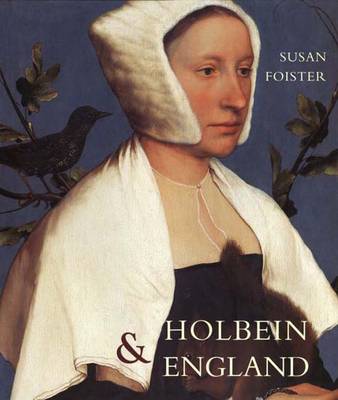The Paul Mellon Centre for Studies in British Art
1 total work
One of the greatest artists of sixteenth-century Europe, Hans Holbein the Younger earned high acclaim for his work both in the city of Basel and in England for Henry VIII and other patrons. This book is the first to explore the full range of the artist's English body of work as well as the relation of this work to the visual and material culture of Tudor England. Providing a detailed account of the paintings, drawings and woodcuts that Holbein produced in England, the book demonstrates convincingly that that country was not as remote from a common European culture as is often assumed: rather, it was an unmistakable part of that culture. Susan Foister discusses not only Holbein's well-known portraits but also his decorative paintings and murals, now lost, his designs for goldsmiths, and the works that can be associated with the English Reformation. In addition, she considers Holbein's religious and secular images, his techniques and practices, his status as an official court painter, and a variety of other intriguing topics.
